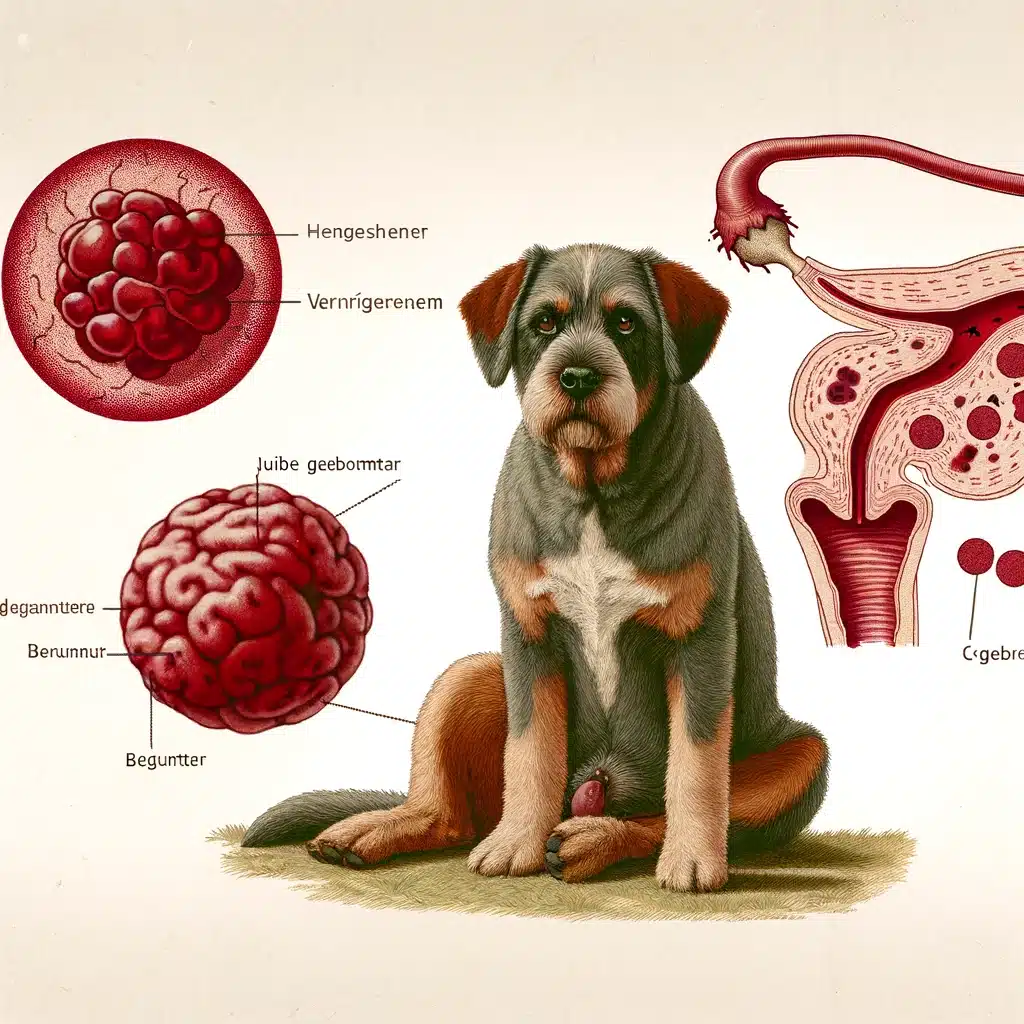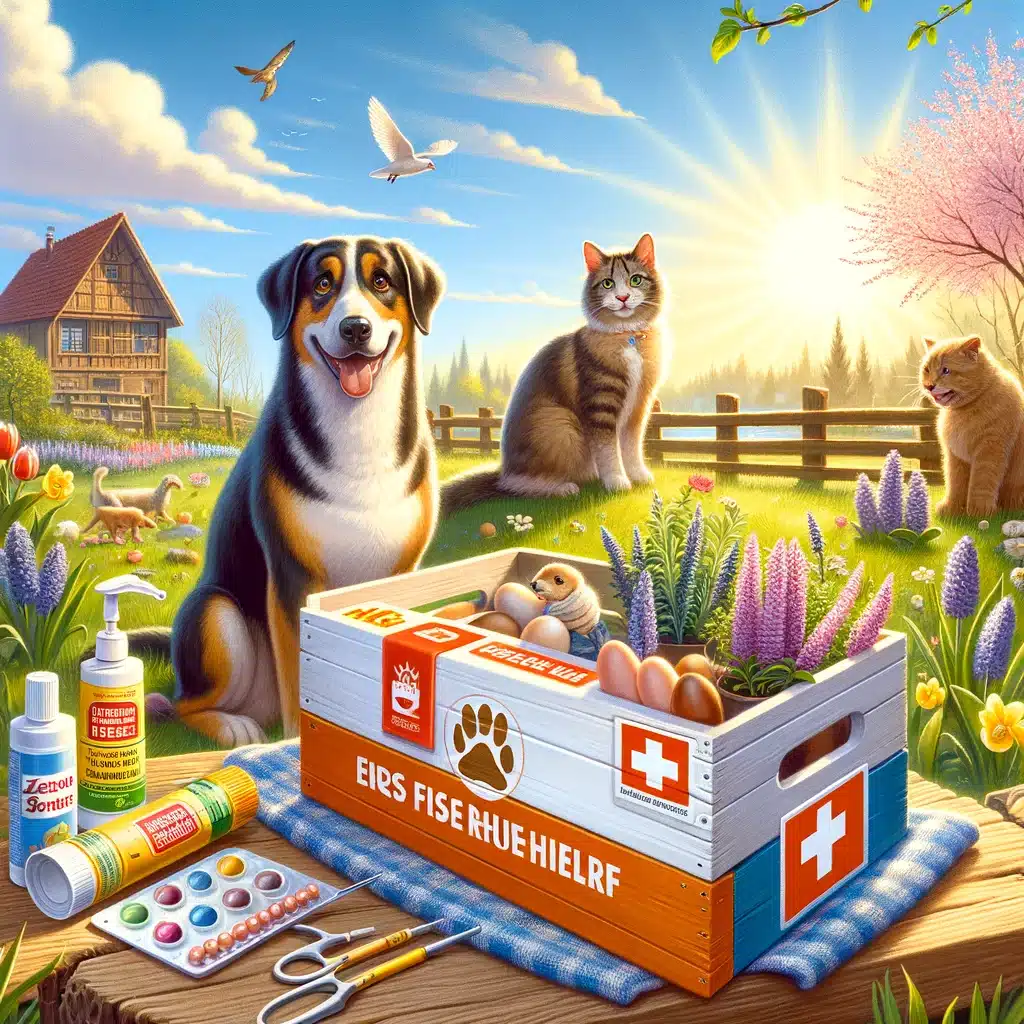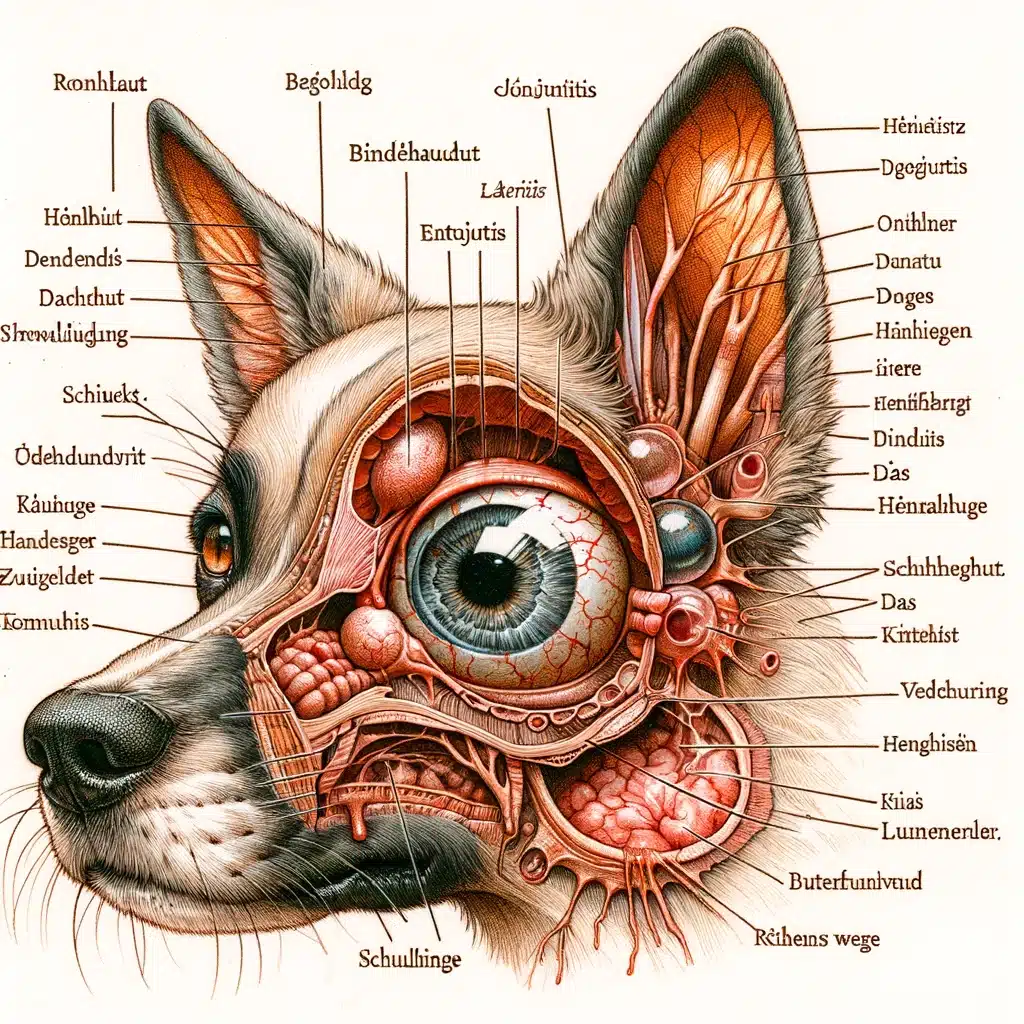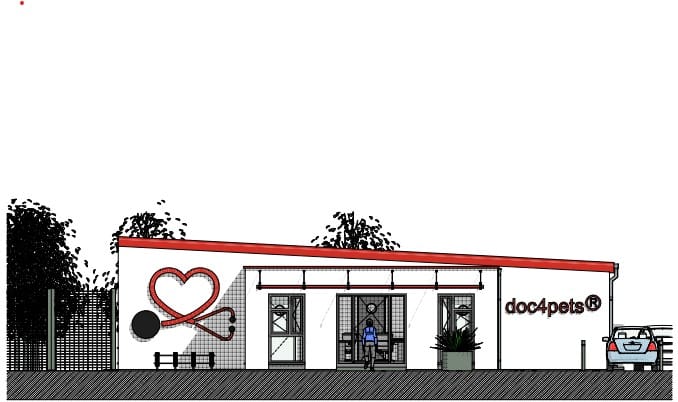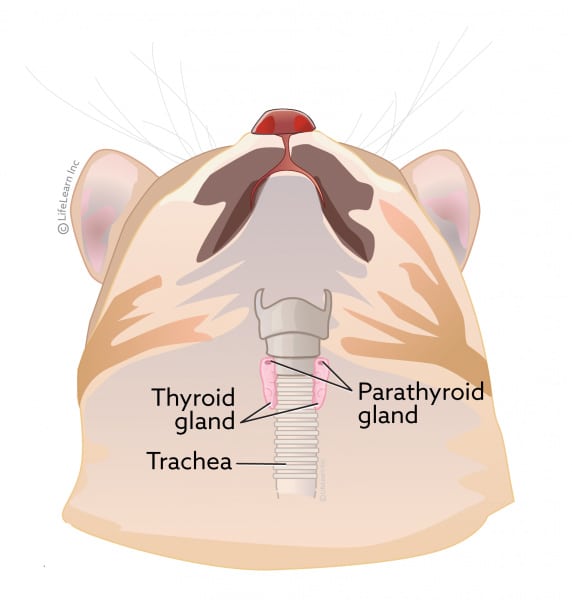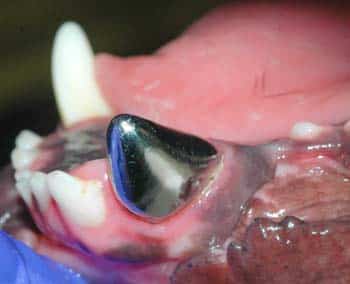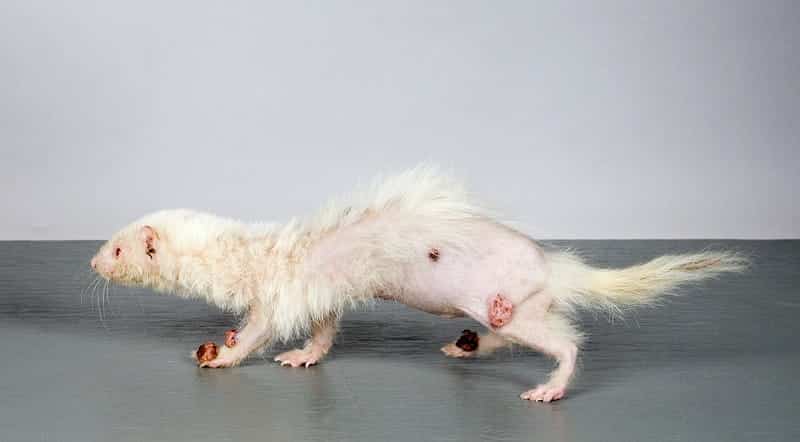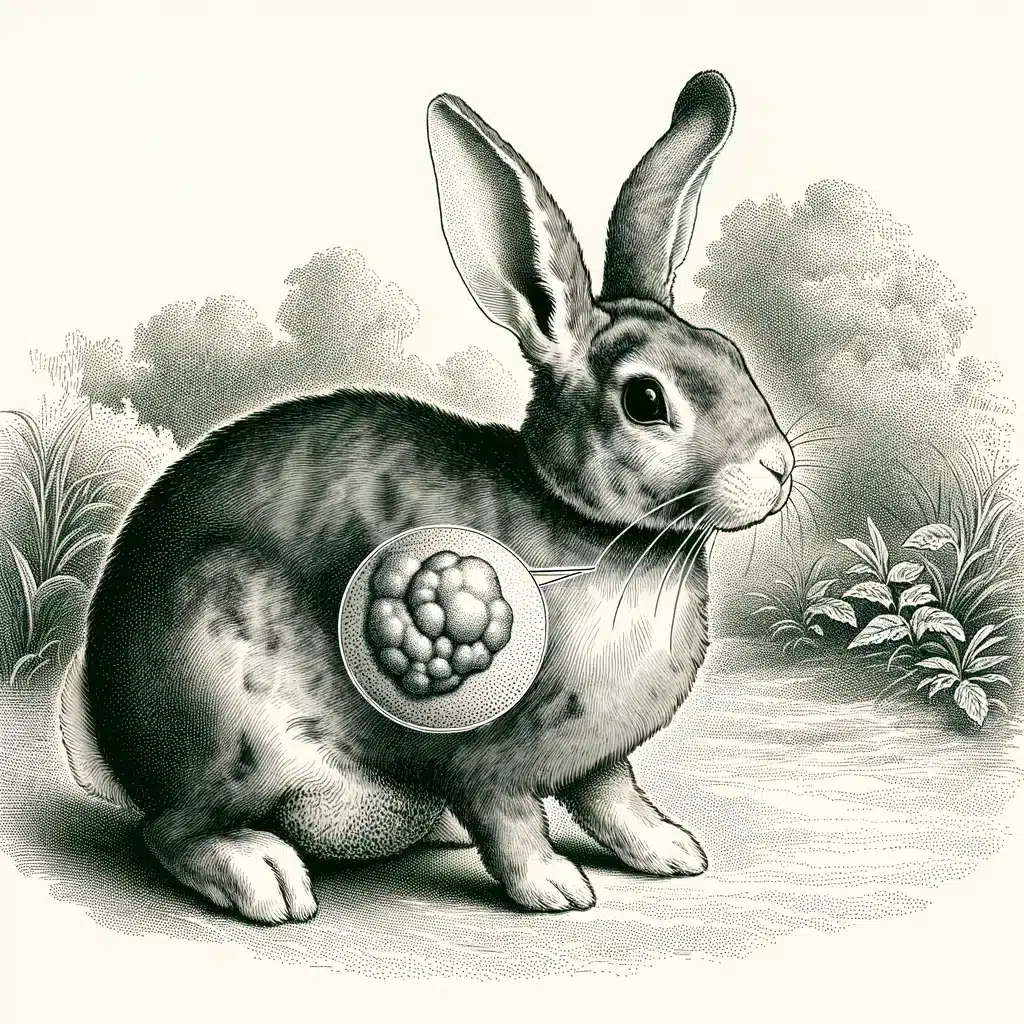Weather sensitivity in dogs
Animals are often more sensitive to changes in the weather than humans, and this is especially true for our four-legged friends. Dogs, like cats and horses, show a particular sensitivity to changing weather conditions. This article is intended to be a comprehensive guide to understanding how weather changes can affect your dog's well-being and what you can do to help them.



